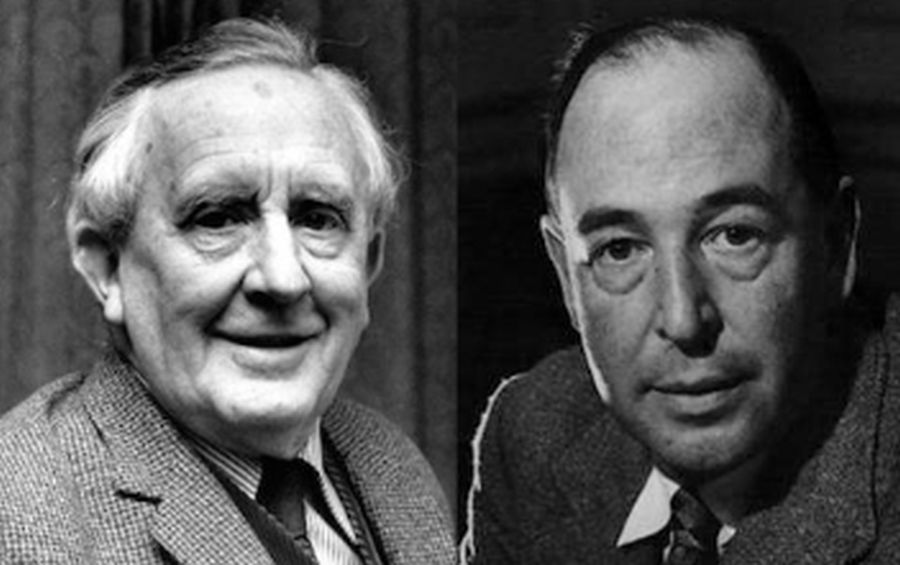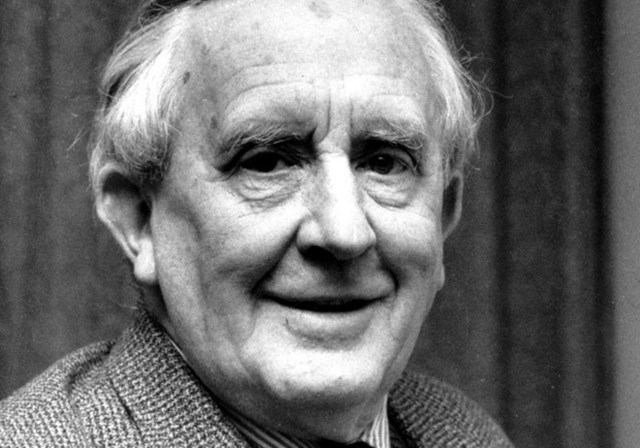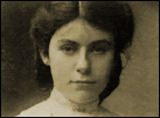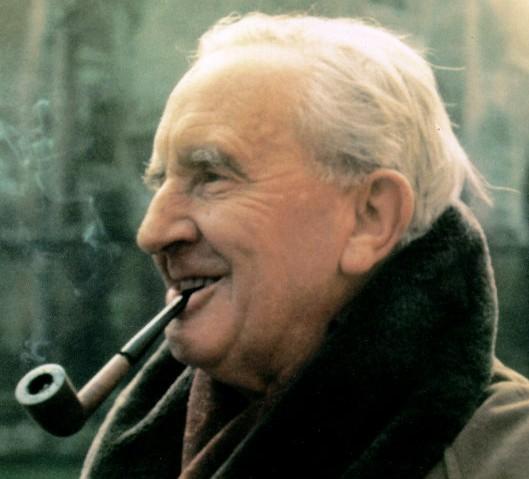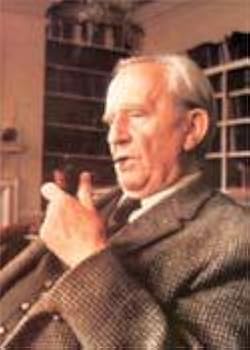Pope Francis, left, and retired Pope Benedict XVI embrace during a ceremony to celebrate Benedict's 65th anniversary of his ordination as a priest, in the Clementine Hall of the Apostolic Palace, at the Vatican, Tuesday, June 28, 2016. (L'Osservatore Romano/Pool photo via AP)
Pope Benedict XVI made his second public address Tuesday since retiring at a ceremony to celebrate his priesthood. Pope Francis thanked his predecessor for his years of service to the Church.
ROME- In his second public address in three years, Pope Benedict XVI on Tuesday thanked Pope Francis for his leadership, telling him that his goodness moves him more than the beauty of the Vatican Gardens and is a place “where I feel protected.”
“Thank you, Holy Father, for your goodness, which from the first moment of your election, to every moment of my life here, has touched my heart,” Benedict told Francis in improvised remarks at a celebration to mark the 65th anniversary of his priestly ordination.
Before going on to thank other members of the college of cardinals who were present in the ceremony, he added: “We hope that you can go forward with all of us on this path of divine mercy, showing us the path of Jesus toward God.”
Benedict’s remarks came during the ceremony in the Vatican’s Clementine Hall, which marked a first: never before has a reigning pope honored a retired one.
When the pope entered the room he went straight to embrace his predecessor, who removed his white skullcap in a sign of deference. Returning the sign of respect, Pope Francis addressed Benedict as “Your Holiness,” and thanked him for his years of service to the Church.
“You, Your Holiness, continue to serve the Church,” Francis told him. “Do not cease contributing with true vigor and wisdom to her growth; and you do so from that small Mater Ecclesiae monastery in the Vatican.”
The monastery, founded by St. John Paul II in the early 1990s within Vatican grounds, is where Benedict has lived since his resignation
.
Francis said his predecessor’s residence is “not at all like those forgotten corners where today’s ‘throwaway culture’ tends to put those who lose their strength with age.”
Rather, Benedict’s home was like the Portiuncola, Francis said, referring to the little church in the Italian city of Assisi where St. Francis founded his order and spent his last days.
Mater Ecclesia, said the pope, was a “Franciscan” place from which emanates “tranquility, peace, strength, faithfulness, maturity, faith, dedication and fidelity that do me so much good and give strength to me and to the whole Church.”
Although this is only the second time the German pontiff has spoken publicly since his resignation he has delivered other messages. These communications have been delivered via intermediaries.
Earlier this year, for instance, he asked the Vatican’s press office to release a statement to scotch rumors that there is more to the third secret of Fatima than what was revealed during John Paul II’s papacy in 2000.
True to form, in his five-minute remarks Benedict delivered an improvised theology lesson, focusing on the Greek word Efkaristomen which translates as: “let us give thanks.”
This word, he said, refers not only to human thanksgiving but also to the phrase “Giving thanks, he broke it and gave it,” which appears in the Gospel depiction of the the Last Supper as well as in the Mass. Catholic tradition holds that at this moment Jesus transformed wine and bread into his flesh and blood.
Benedict explained that Jesus transformed “the Cross, suffering and all of the evil in the world” into thanksgiving.
He closed his short remarks with a “thanks” to the Lord, saying that with his help the world can be “transubstantiated” and transformed into “a world not of death but of life, a world in which love has overcome death.”
Pope Francis has often praised his predecessor. Last Sunday, on his way back from Armenia, he was asked about remarks made by a close aide to Benedict that there is now a “shared” papacy, with one active pope and a contemplative one.
No, said Francis, he was the only pope, joking that at one time in history “there were three of us.” But he went on to describe Benedict as “the wise grandfather,” the one who “protects my shoulders and back with his prayer.”
He also gave some insight into the relationship the two have had in the last three years, saying he’s visited Benedict “many times,” that the two also speak on the phone, and that his predecessor had even sent him a written note prior to his visit to Armenia.
MY COMMENTARY
It has become a favourite occupation of journalists and commentators on the Vatican to contrast these two popes without adequately taking notice of what unites them. They do not notice that underneath the very real differences there is an inner harmony; and, as what is within them gives unity and meaning to both their lives, not to plumb the depths and reach that harmony is to misunderstand both of them.
The trouble is that observers have moulded each of them into their own image and likeness. "Conservatives" portray Pope Benedict as a conservative, and "liberals" portray Francis as a liberal; and, in an understanding of the Church that is borrowed from modern secular party politics, this makes them irreconcilable. The unity between them is not noticed because no political model is an adequate paradigm for understanding the Church or the papacy, whether the Church be seen as a religious version of the Constantinian empire as in Vatican I, or as a multi-party modern democracy.
Of course, the differences are real. Pope Benedict is a German academic, a theologian, a participant in Vatican II; and this has marked the way he understood his role and his style as pope. Pope Francis belongs to the next generation after Vatican II, an event which helped to shape his theological foundation, and a pastor from Argentina whose theology has been strongly influenced by his pastoral experience of God's grace at work in all kinds of situation. For him, Christ is the Good Shepherd who leaves the ninety-nine to look for the one who is lost. Francis too has looked for the lost sheep and, when he has found it, has also come to know that Christ is already there, however irregular the context may be in which the lost sheep has found itself.
In spite of these differences, the basic theological pre-suppositions of Popes Benedict and Francis are in harmony and can be found in Vatican II; and the above article indicates that they are fully aware of the fact.
Let us look at a few similarities between the two theologies.
Both popes are closer about liturgy than is often realised. Here is Pope Francis:
In spite of these differences, the basic theological pre-suppositions of Popes Benedict and Francis are in harmony and can be found in Vatican II; and the above article indicates that they are fully aware of the fact.
Let us look at a few similarities between the two theologies.
- In the video talk by Pope Benedict to Pope Francis, it is obvious that his whole theology is eucharistic and that he looks forward to the "transubstantiation" of the whole universe. The eucharistic ecclesiology of Vatican II and of the ressourcement theologians is also the ecclesiology of Pope Francis.
- Pope Benedict and his successor see the Church as "communion", with the liturgy, especially the Eucharist, as source and goal of all its powers. Liturgy is celebrated in the local Church and therefore the Holy Spirit is actively present in the local and regional churches. Pope Francis can speak of the "magisterium" of the South American church. What binds the Church together at a local, regional and universal level is the activity of the Holy Spirit who confects the Eucharist and who binds the people together in Christ in ecclesial love. This makes a system of law necessary, with its powers of jurisdiction; but this is a consequence of the unity brought about by the sacrament and not the cause of the unity.
- The source of unity in the Church is the Christian Mystery, the common participation by all in the death, resurrection and ascension of Christ through the celebration of the Eucharist, as we approach the Holy of Holies out of every place and every time since the Last Supper; and we pass into the Father's presence through the veil which is the flesh of Christ in the power of the Holy Spirit.
- Church History has shown that, among those who participate in Christ through the Eucharist, real difference arise, often important differences. There are all kinds of reasons for this and can be external or internal to the eucharistic communities who have them. There are ordinary, everyday differences of taste, of priorities, of vocabularies and paradigms, between churches who live in different environments, cultures etc. All this should be normal. There are the differences between "conservatives" and "liberals", "traditional mass" Catholics and "misa normativa" Catholics etc. Then there are the much more serious differences between strands of Tradition that have diverged from one another, like between Catholicism and Orthodoxy, Then, again, there are the differences between Catholicism and the Protestant Reformation.
- Pope Benedict made a distinction between differences that arise in continuity with their past, and differences that arise from a rupture with the past. Whether they are people in the same church or churches that belong to different strands of Tradition that can no longer recognise one another, it must be admitted that anything that is a rupture of Tradition must be rejected, while that which is in continuity with Tradition must be accepted.
- Both Pope Benedict and Pope Francis believe we have to get used to accepting differences between people who celebrate the same Eucharist because it is the Father that make us one with Christ in the Eucharist in the Holy Spirit, not ourselves. As Archbishop Welby said, "We can choose our friends but we are stuck with our relatives," and we have been made one family by Christ. Thus, Pope Benedict opened up a dialogue with Hans Kung on one wing of the Church, and both Benedict and Francis have striven to end the schism with the Society of St Pius X on the other wing. Further afield, both popes realise that neither the Eastern Orthodox Church nor the western Latin Church were conscious of any break with the past, with their own tradition, when the break between East and West took place. Both sides believed themselves to be loyal to Tradition and did not recognise the tradition of the other. Hence, as Pope Benedict said, it is not the job of the pope to impose a belief from the outside but to bear witness to what is already Catholic belief and thus remind those who have forgotten it: thus the pope cannot impose our belief on them. The situation requires both sides to come together and allow ecclesial love, sign of the Holy Spirit's presence, to illuminate both in the truth. Both popes have indicated that they would not require anything from the Orthodox except the acknowledgement that we are not heretics for believing what we do, and let the Holy Spirit do the rest.
- Pope Francis certainly carries this principle further than Pope Benedict, as he did in two synods on the family where, instead of smoothing over differences with the use of censorship, they were to be clearly accepted as existing. As long as loyalty to St Peter ruled out schism, the differences were honestly brought out into the open and there was time for the Holy Spirit to do his work. Of course, this will result on different pastoral practices in different parts of the Church; but this has been normal throughout history until it was covered over due to the fight against Protestantism.
Francis stressed that the Eucharist is not a private prayer or a beautiful spiritual experience, it's not simply a commemoration of what Jesus did in the Last Supper.”
Rather, it is a “memorial, namely, a gesture that actualizes and makes present the event of the death and resurrection of Jesus: the bread is truly his Body given, the wine is truly is Blood poured out.”
To live in concrete communion with Jesus through the Eucharist while on earth is already the beginning of our passing from death to life, he said.
This is an account of another talk by Pope Francis:
The Lord, the pope said, speaks to His people in many ways: through the prophets, the priests, the Sacred Scriptures. But with the theophanies, He speaks in another way, “different from the Word: it is another presence, closer, without mediation, near. It is His presence.” This, he explained, happens in the liturgical celebration. The liturgical celebration is not a social act, a good social act; it is not a gathering of the faithful to pray together. It is something else. In the liturgy, God is present,” but it is a closer presence. In the Mass, in fact, “the presence of the Lord is real, truly real.”The first phrase in italics which said that the Mass is a “memorial, namely, a gesture that actualizes and makes present the event of the death and resurrection of Jesus" shows Pope Francis to be a disciple of Dom Odo Casel who taught that through the Eucharist we share in the event of the death and resurrection of Christ. So is Pope Benedict. The second phrase in italics that says the Mass is not simply a social event, even a sacred social event: In the Mass we become one, not because we are looking at each other, but because we share an encounter with God who manifests his presence to us. He asks God to give us a real sense of the sacred. This emphasis is the same as that of Pope Benedict.
One of his first appointments was to put Cardinal Sarah as head of the Sacred Congregation for Divine Worship. Cardinal Sarah is a faithful disciple of Pope Benedict. When he asked Pope Francis what his function is, the pope replied that it is to continue the good work of Pope Benedict. However, when he told a meeting of the "Reform of the reform" in London a little while ago that he wants all dioceses and churches that can prudently do so to have the priest celebrating Mass facing East from the beginning of Advent, he was wrapped over the knuckles. I think that he failed to realise that in a Church ruled by synods, it is the function of the Congregation of Divine Worship to provide materials and services, but active projects, campaigns, pastoral decisions are made by the bishops in union with the pope. Nevertheless, he wouldn't have this pivotal job if it were not for Pope Francis, and this does indicate the direction towards greater awe that Pope Francis wishes to take while genuinely leaving the details to the bishops.
Finally, in keeping with Vatican II, both popes, like Pope John Paul II, are fully aware of the Eastern traditions as valid versions of the one Catholic Tradition. Just as the Misa Normativa borrowed from the Anthiochian and Alexandran liturgical traditions for the new eucharistic prayers, so icons are becoming common in the west. Pope Benedict likening purgatory to the loving embrace of Christ does prefer the Orthodox view over the legalistic view of the West. His statement that the "filioque" clause in the Creed must be interpreted in a way that is in keeping with the original text used by the Greeks, rather than the other way round, showed his openness to the East. Pope Francis in comparing the Church to a hospital rather than a law court is using a well known Orthodox metaphor, while his statement that the only Christian authority is service and the only power the Church has is that of the Cross is music to Orthodox ears. The dialogue continues. More important is that our Orthodox brethren see that all this is put into practice and is wo
rking.
AN EXTREMELY IMPORTANT LETTER BY
ROBERT MOYNIHAN ON THE INSIDE STORY OF POPE BENEDICT'S RESIGNATION (please click here)
An Excerpt
A passage written by
Pope Benedict
with short commentary
“Here I was taught by the grace of God that I should steadfastly keep me in the faith… and that at the same time I should take my stand on and earnestly believe in what our Lord showed in this time — that ‘all manner of thing shall be well.'” —The medieval English nun, Blessed Julian of Norwich, in her Showings (A.D. 1373) (link). When gravely ill, Julian experienced a sort of “near-death experience.” Between four and nine one afternoon and evening, she received 15 “showings,” or revelations — heaven opened to her, she beheld Christ in his glory, and saw the meaning and power of his sufferings. In her 13th showing, Julian received a comforting answer to a question that had long troubled her: “In my folly, before this time I often wondered why, by the great foreseeing wisdom of God, the onset of sin was not prevented: for then, I thought, all should have been well… Jesus… said: ‘It was necessary that there should be sin; but all shall be well, and all shall be well, and all manner of thing shall be well.’ These words were said most tenderly, showing no manner of blame to me nor to any who shall be saved.” Julian came to such a sense of the awfulness of sin that she reckoned the pains of hell were to be chosen in preference to sin. Indeed, she said, to one who recognizes the horror of sin, sin itself is hell. “And to me was shown no harder hell than sin. For a kind soul has no hell but sin.” The quoted words, “all manner of thing shall be well,” are cited in the official Catechism of the Catholic Church, Paragraph 313
“Footfalls echo in the memory
Down the passage which we did not take
Towards the door we never opened
Into the rose-garden. My words echo
Thus, in your mind…
“Go, go, go, said the bird: human kind
Cannot bear very much reality.
Time past and time future
What might have been and what has been
Point to one end, which is always present…
“At the still point of the turning world. Neither flesh nor fleshless;
Neither from nor towards; at the still point, there the dance is…
————–
“A people without history
Is not redeemed from time, for history is a pattern
Of timeless moments. So, while the light fails
On a winter’s afternoon, in a secluded chapel
History is now and England…
“We shall not cease from exploration
And the end of all our exploring
Will be to arrive where we started
And know the place for the first time…
“Quick now, here, now, always —
A condition of complete simplicity
(Costing not less than everything)
And all shall be well and
All manner of thing shall be well
When the tongues of flames are in-folded
Into the crowned knot of fire
And the fire and the rose are one.”
—T.S. Eliot, from the poems Burnt Norton and Little Gidding (the names of two places in England), two parts of his great 4-part poem-symphony The Four Quartets, written over eight years, from 1935 to 1942, as the Second World War grew near and then began, after his conversion in 1927 to Christianity and his entrance into the Church of England. The poems consider the spiritual nature of man, our marvelous consciousness which reaches across time, forward in anticipation and backward in memory, and which senses the pain of sin, guilt, and the profound longing for forgiveness, redemption and truly abundant life. The last lines include a quotation from the English female mystic, Blessed Julian of Norwich, who, much like Pope Francis in these recent years, stressed the centrality of the problem of sin, and of mercy and forgiveness for sinners, which was at the center of her Revelations of Divine Love. In a very strange, thought-provoking and profound expression, Julian says that sin is “behovely.” The word is often translated as “necessary,” “expedient,” “appropriate,” or, in the scholastic expression, “conveniens,” that is, “fitting.” How could sin be “behovely,” “fitting”? Julian believed that sin was “behovely (“necessary,” “fitting,” “needed”) because it brings people to self-knowledge, which leads to acceptance of the role of God in their lives, and therefore, ultimately, to their redemption from sin and their resurrection from death…
The Mass celebrated by the Armenian Orthodox
Patriarch in the presence of Pope Francis. The
Patriarch in the presence of Pope Francis. The
pope later said that he felt the wonderful unity
of the Mass and the Church.



